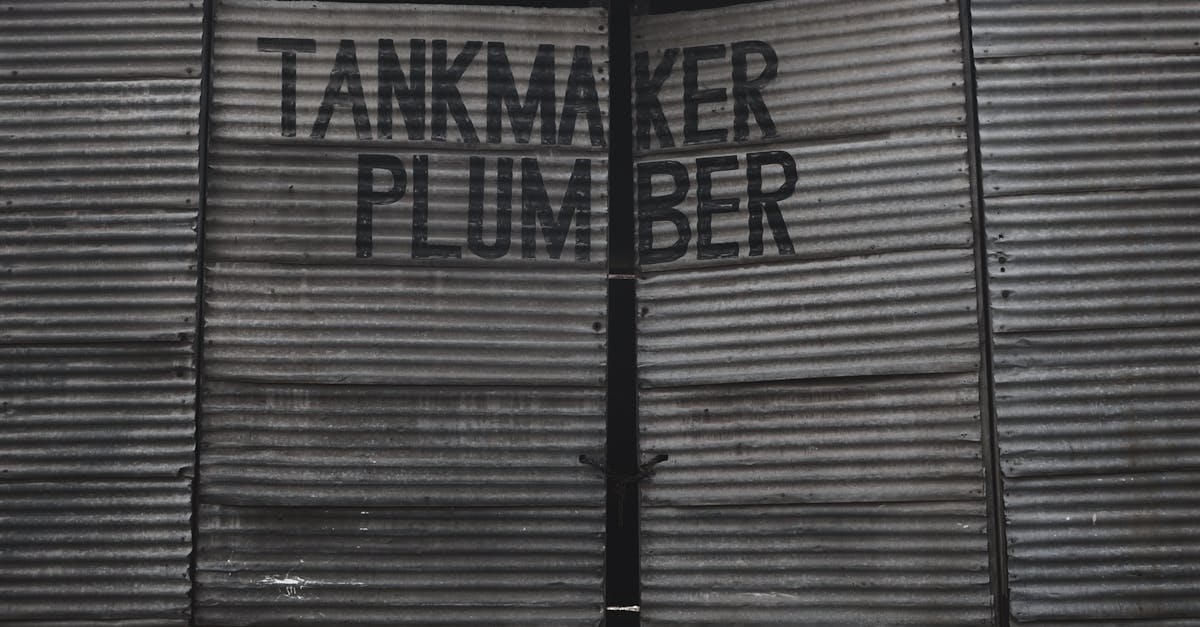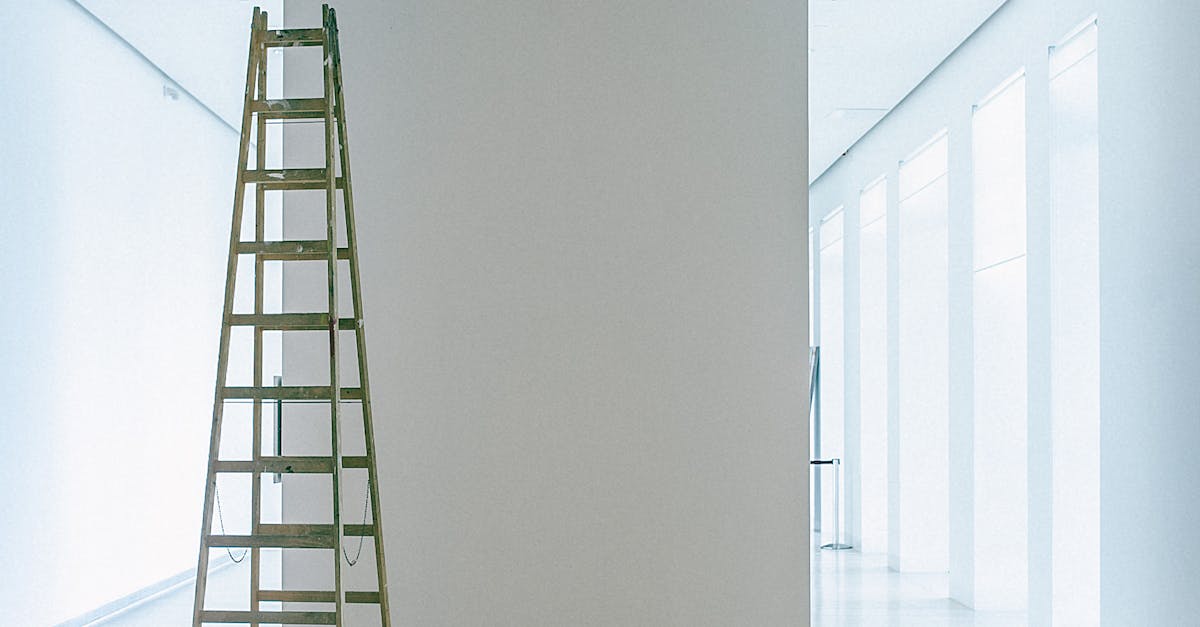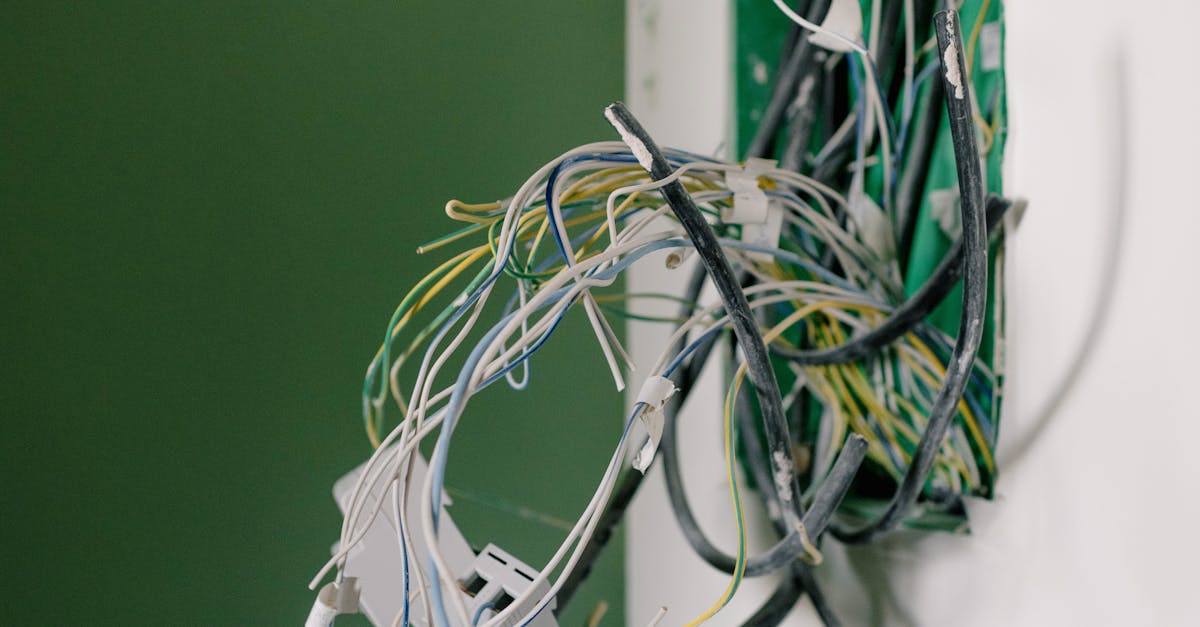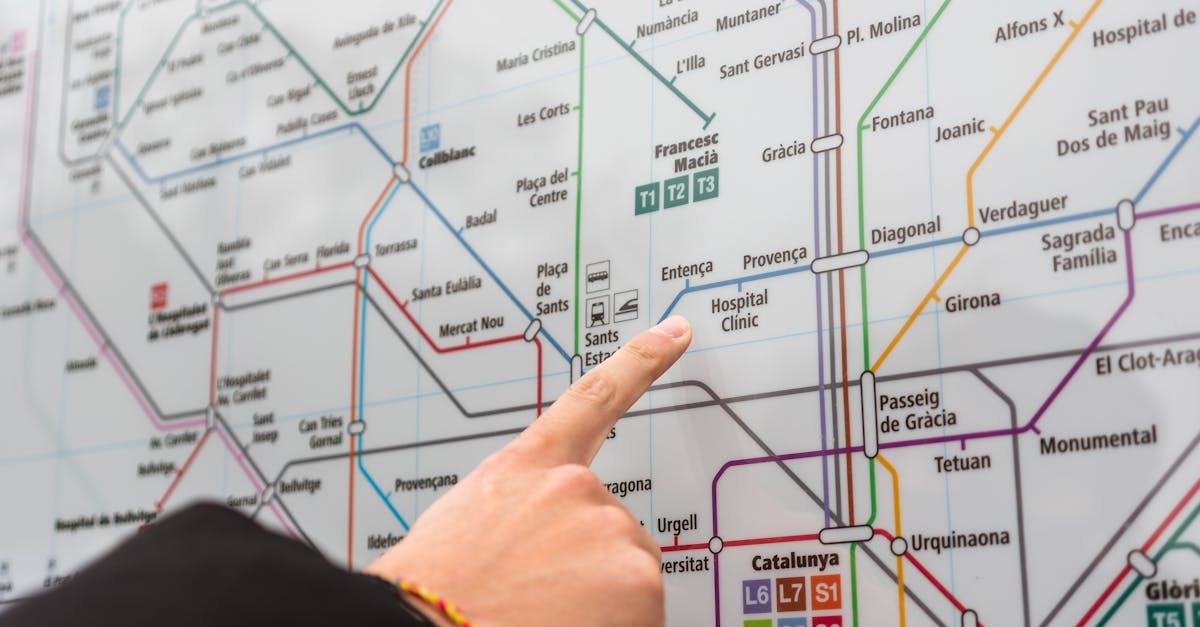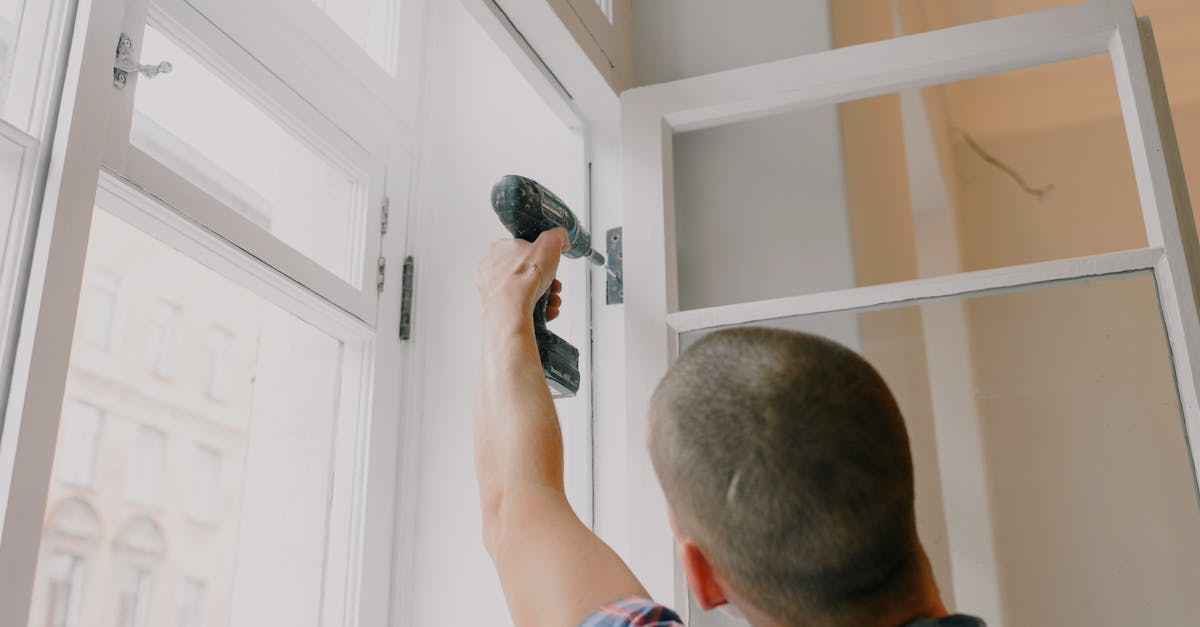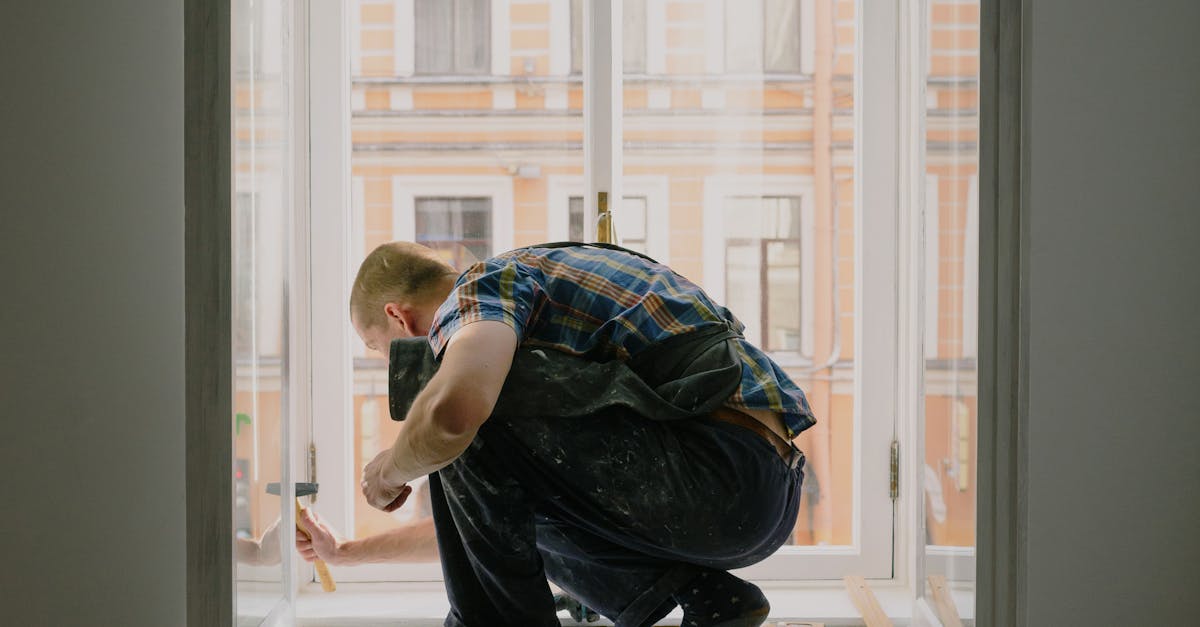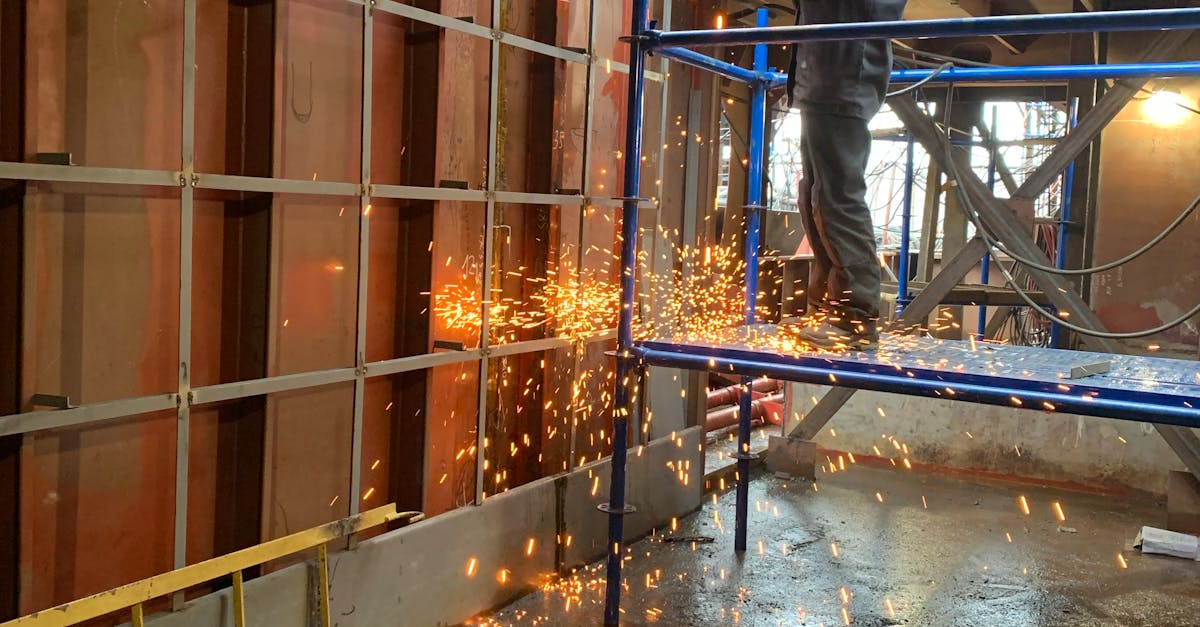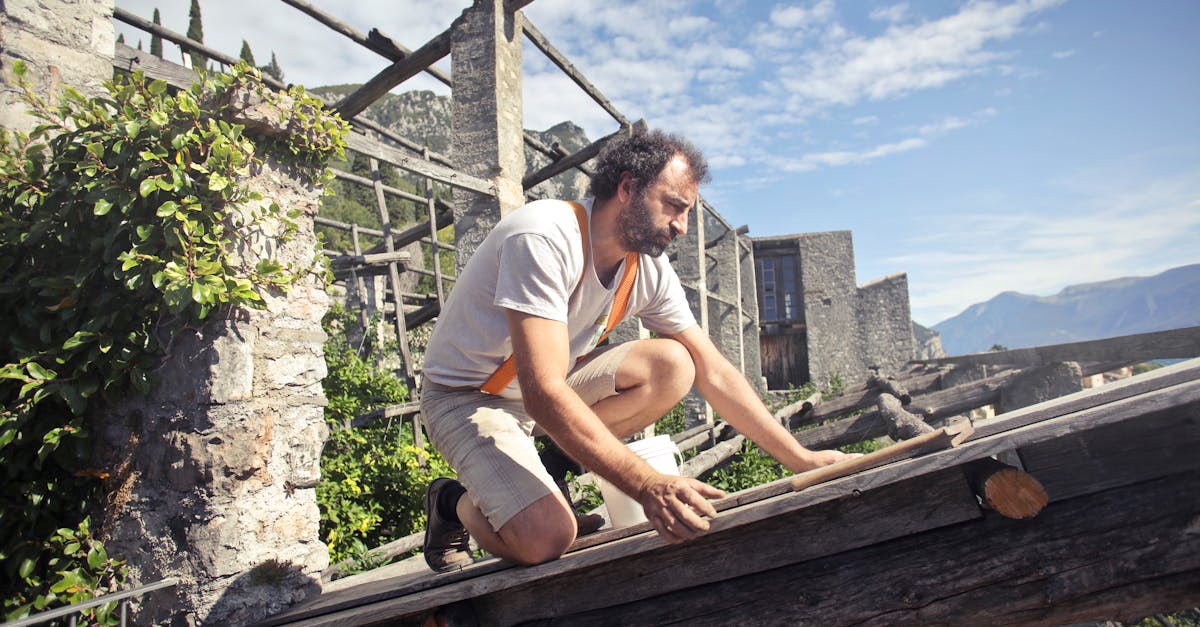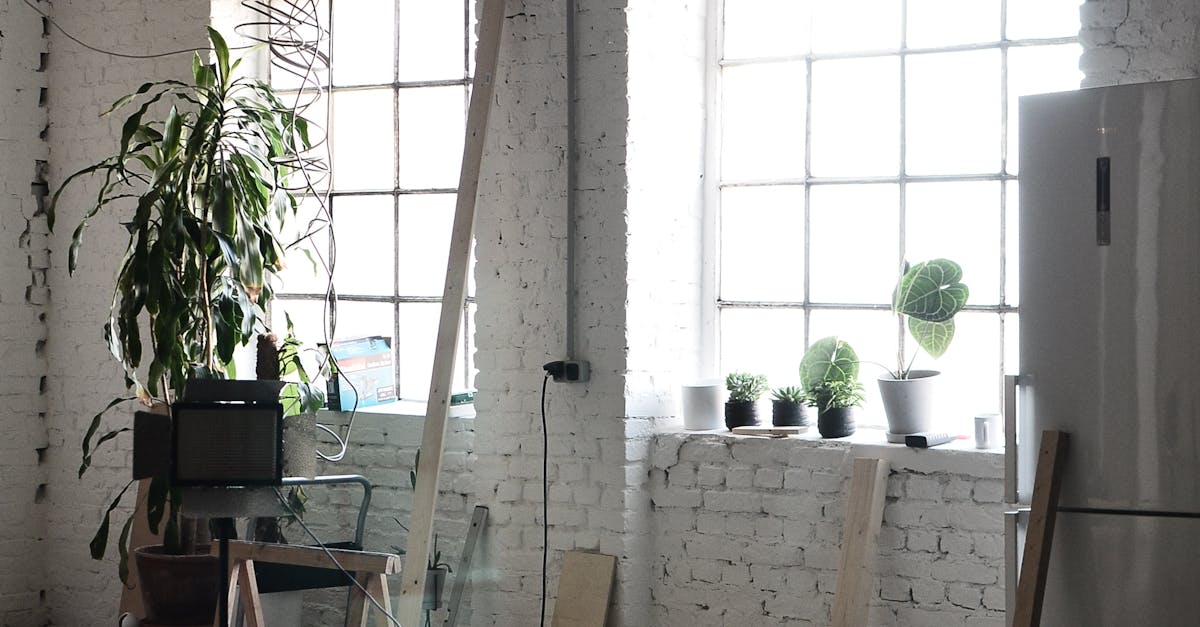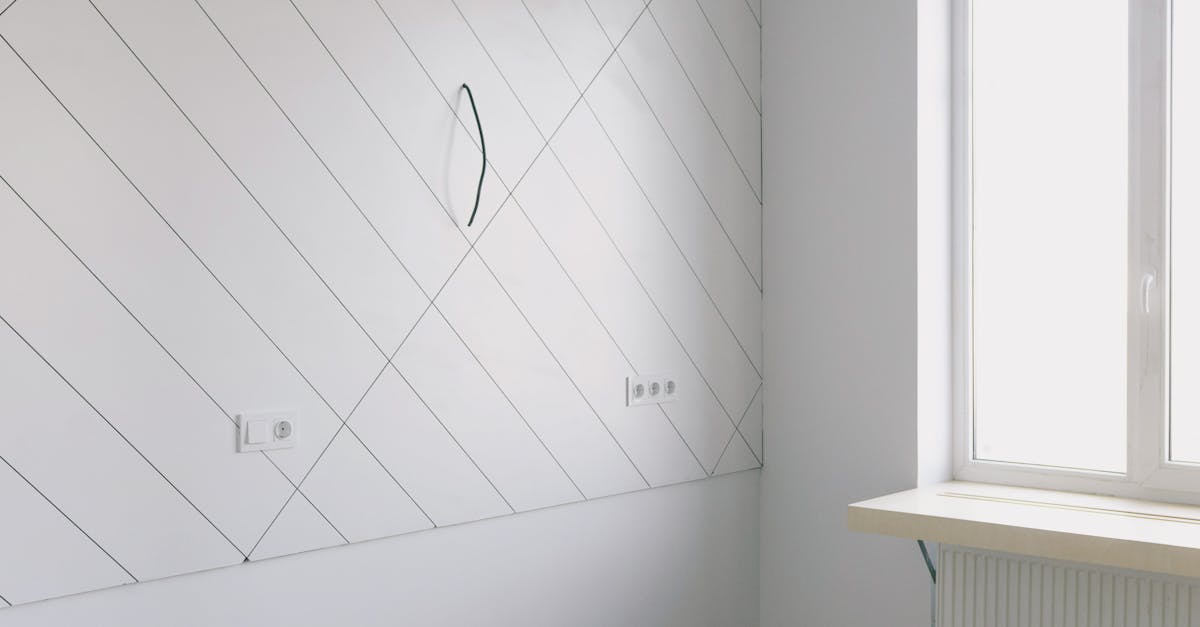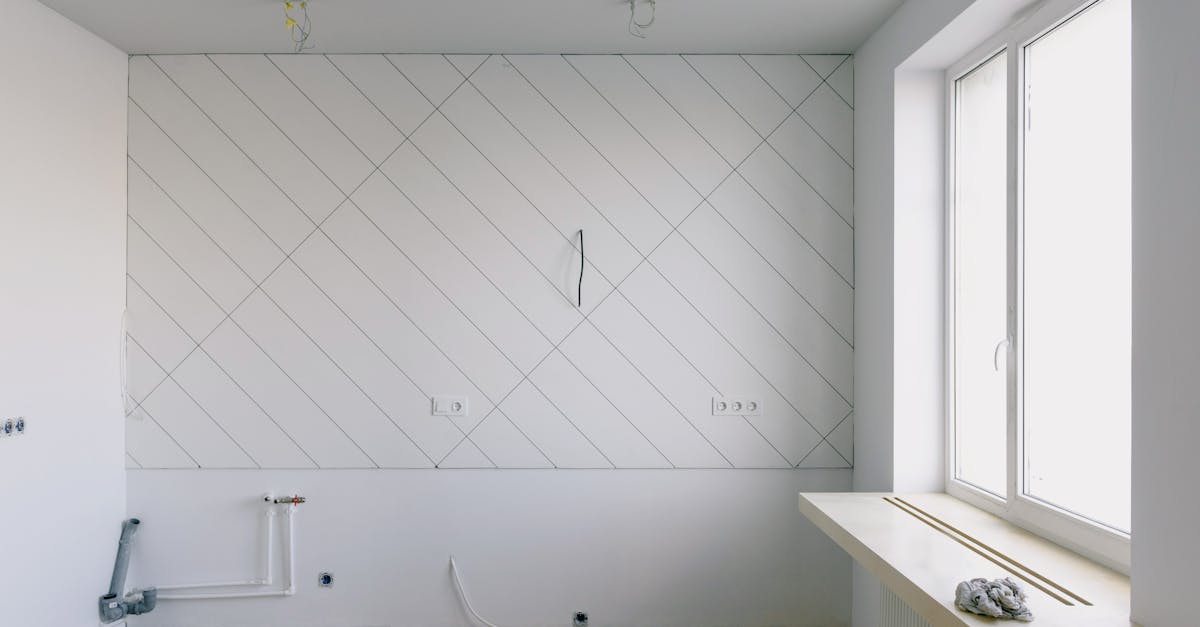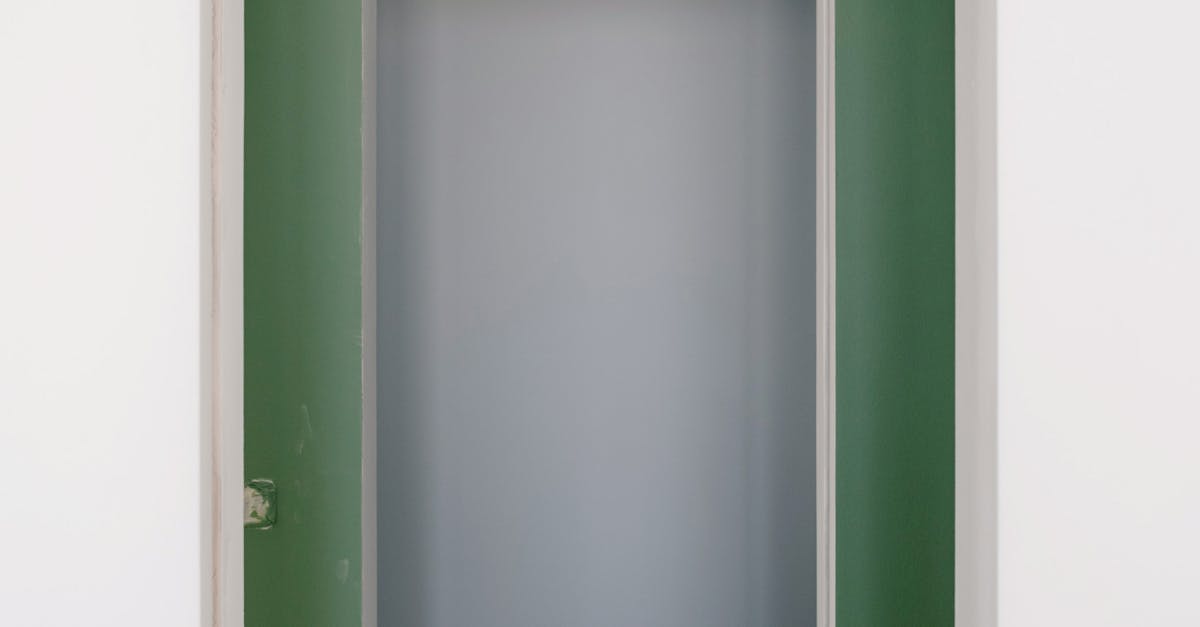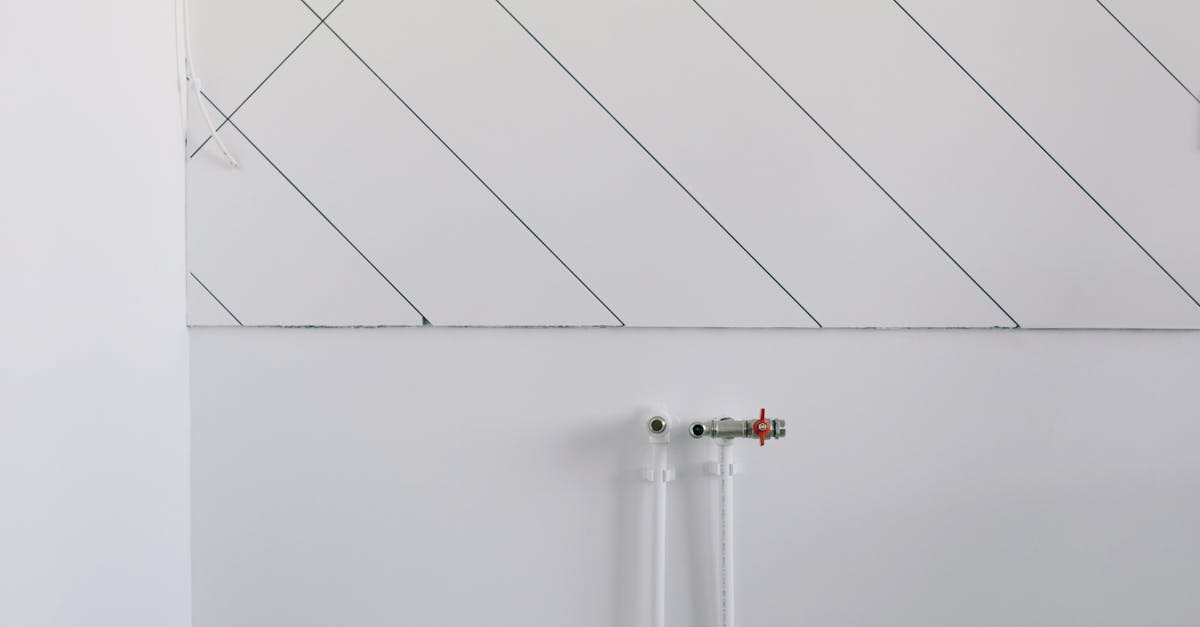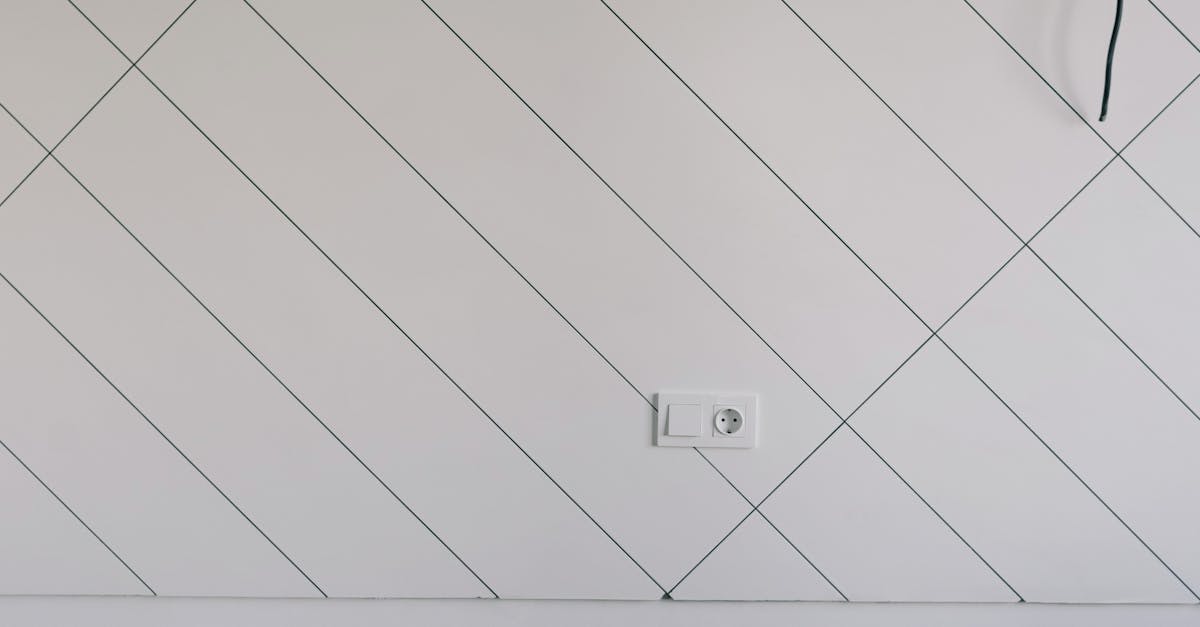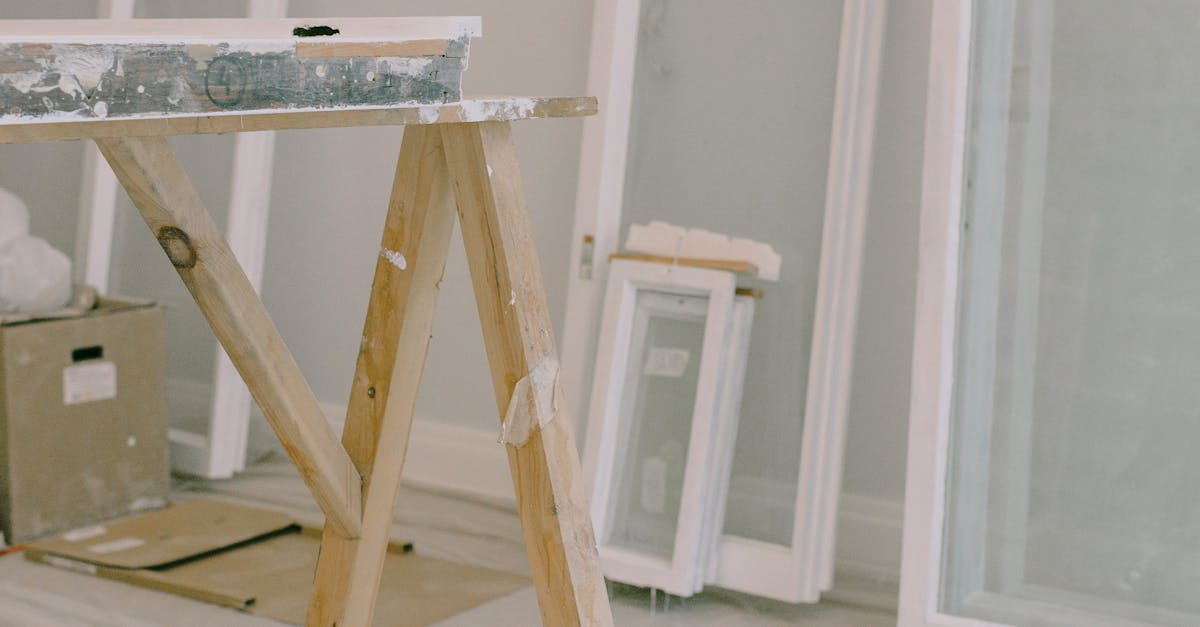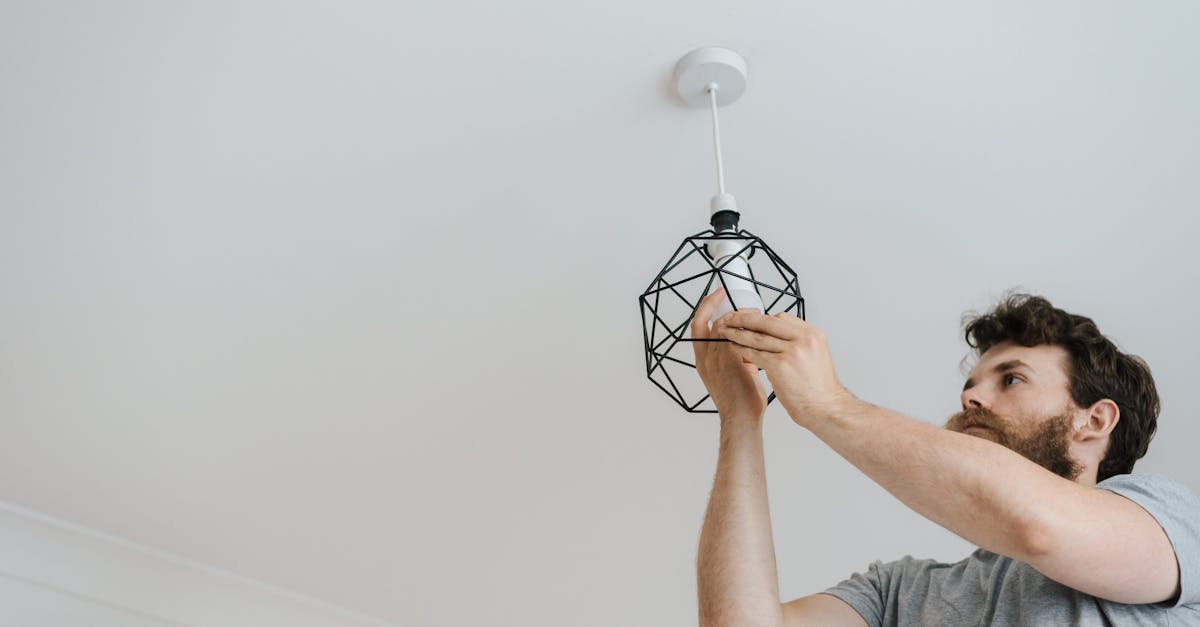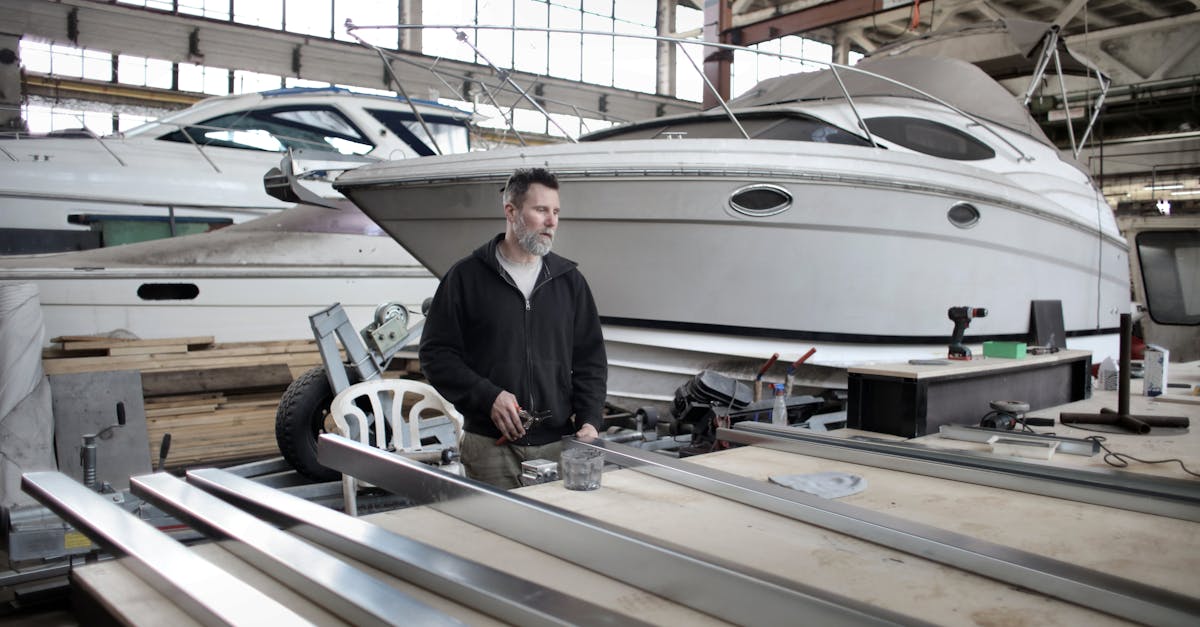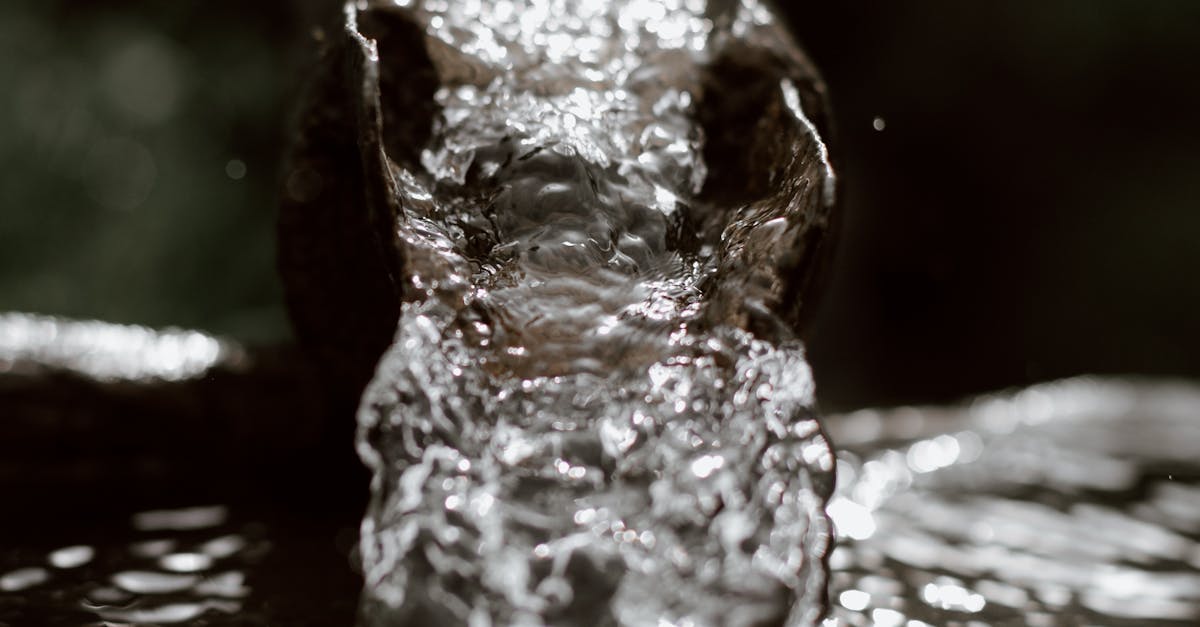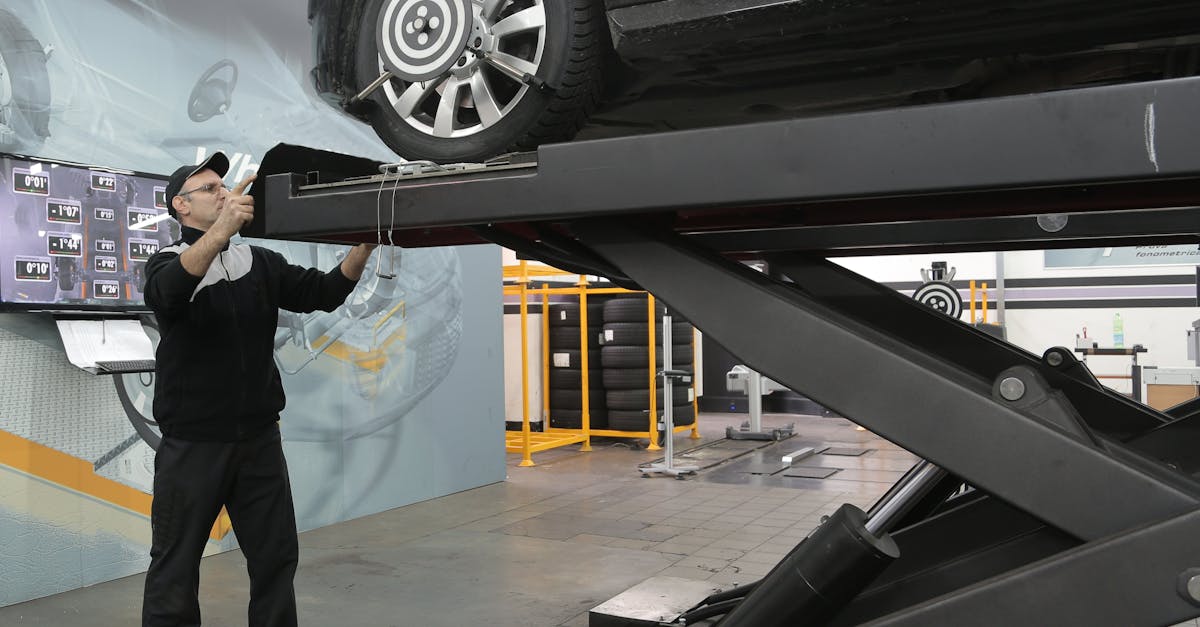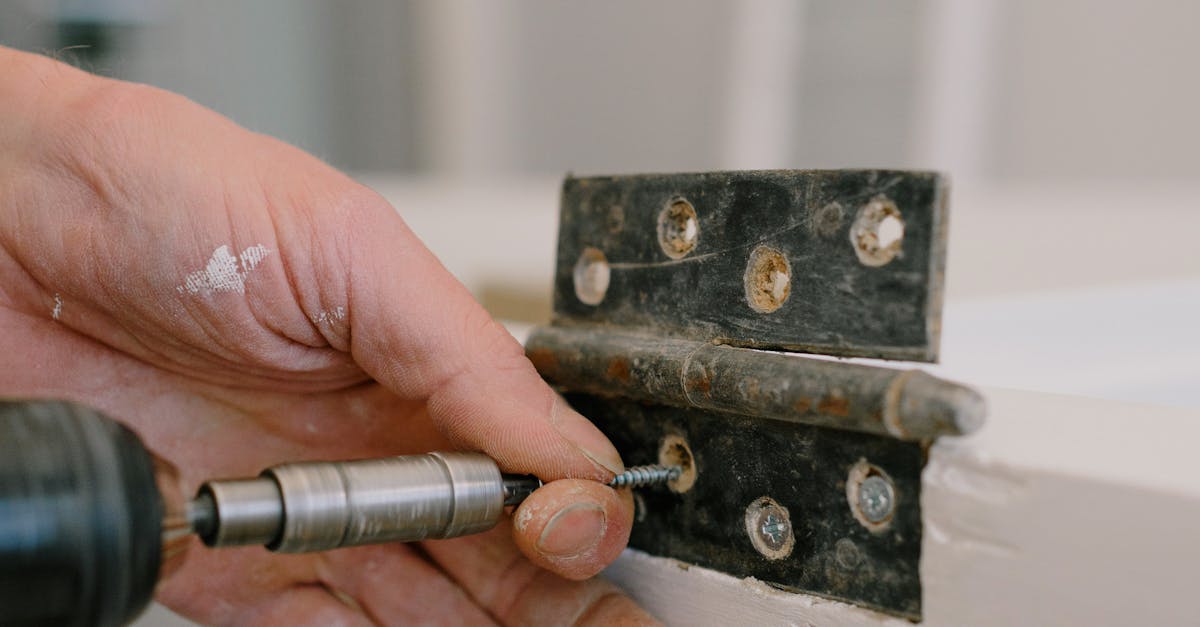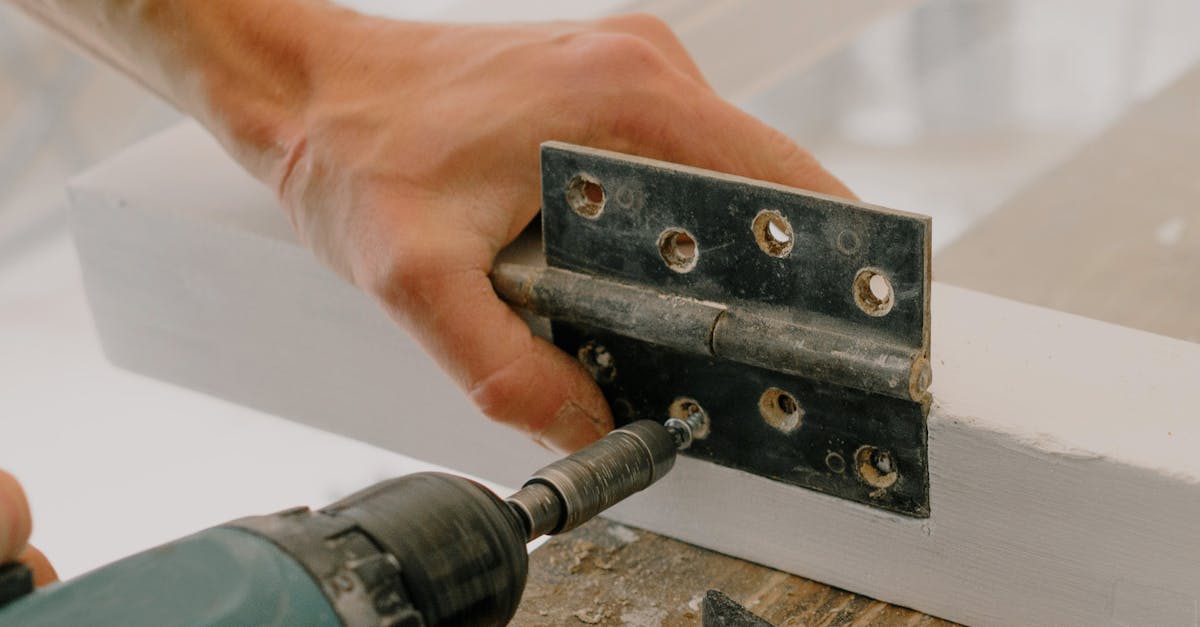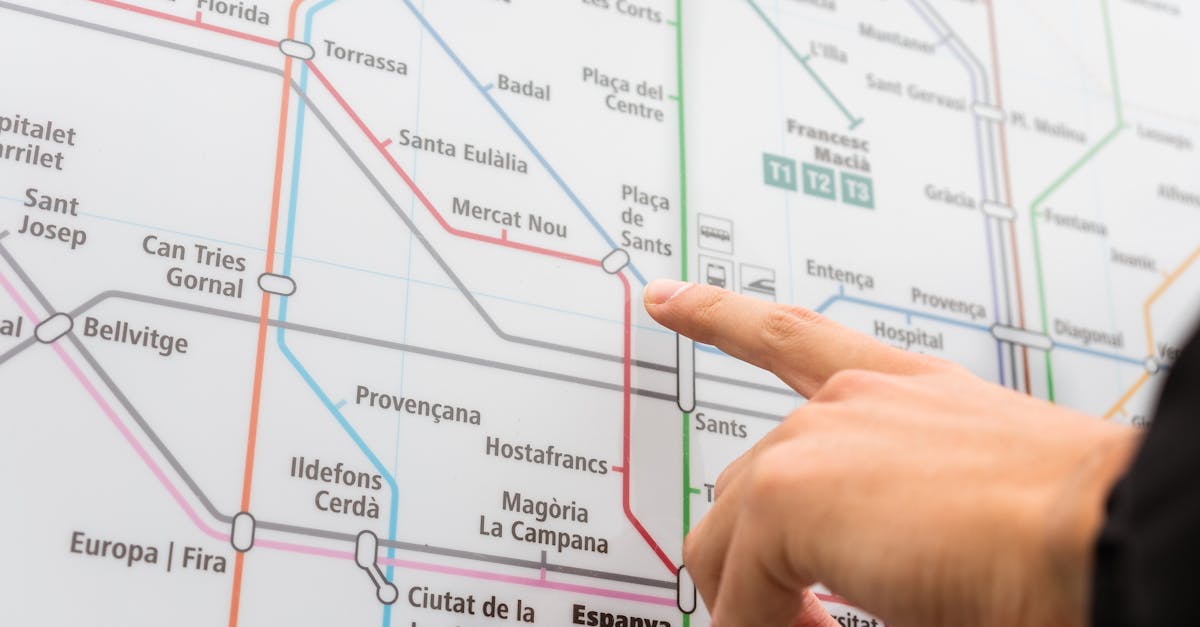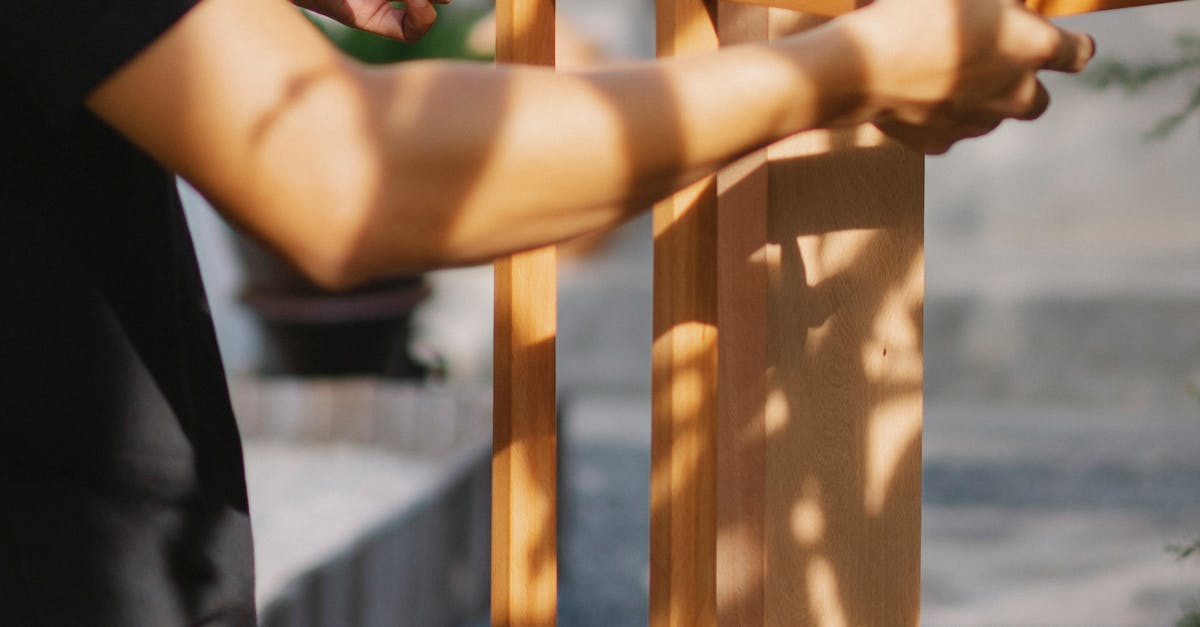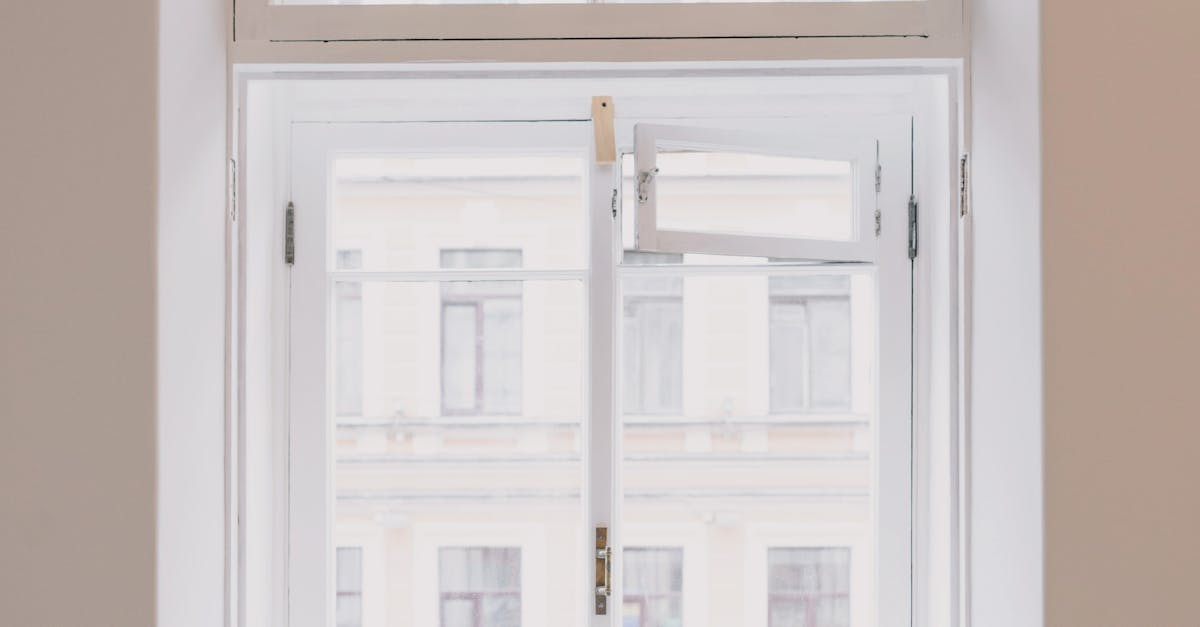
Table Of Contents
Temporary Fixes for Sewer Line Problems
Sewer line issues can often arise suddenly, prompting immediate action to prevent further damage. Temporary fixes for sewer line problems include methods such as using clamps or rubber patches to seal leaks. These solutions can provide an immediate barrier against waste seepage, safeguarding your home from potential hazards. While these quick repairs can offer relief, it is crucial to remember that they are not permanent solutions and should be followed up with professional assistance.
Another effective temporary measure involves the use of drain cleaning products to clear blockages caused by debris or tree roots. These products may help alleviate some symptoms, allowing for adequate water flow and reducing the risk of overflow. However, relying solely on these chemicals can lead to recurring issues if the underlying causes are not addressed. Sewer line installation and repair should ultimately reflect a commitment to long-term health, ensuring that any temporary fix is complemented by a comprehensive evaluation of the sewer system.
Quick Solutions to Minimise Damage
When faced with a sewer line issue, immediate action is essential to minimise damage to your property and the surrounding environment. Identifying the problem quickly can prevent more significant complications. Using a plunger or a plumber's snake can often resolve minor blockages at the outset. In cases of severe backup, turning off the main water valve can help contain the damage. It’s important to inform local authorities and professionals if the problem escalates, as they can provide expertise and further assistance.
In situations where the damage is already present, employing temporary solutions might mitigate the impact while more permanent fixes are being arranged. Installing temporary barriers or leak-blocking products can help control minor leaks. Additionally, ensuring proper safety measures are in place during sewer line installation and repair can prevent hazards throughout the process. Regular inspection of above-ground sewer components can aid in early detection of issues, promoting timely intervention before they escalate.
LongTerm Solutions for Sewer Line Integrity
Ensuring the long-term integrity of sewer lines requires a proactive approach to both installation and maintenance. Regular inspections and assessments can identify potential weaknesses before they escalate into significant problems. Using high-quality materials during sewer line installation and repair is crucial, as it can significantly enhance the resilience of the system. Employing techniques such as trenchless technology for repairs reduces the impact on surrounding areas while also extending the lifespan of the pipeline.
In addition to robust installation practices, implementing effective maintenance schedules is essential for preserving sewer line integrity. Regular cleaning and monitoring can prevent blockages and other issues that might compromise the system. Engaging with qualified professionals ensures that sewer line installation and repair adhere to best practices while addressing any local environmental considerations. Investing in such strategies not only protects your infrastructure but ultimately saves on costly emergency repairs down the track.
Strategies for Lasting Repairs
Implementing effective strategies for lasting repairs requires a thorough assessment of the existing sewer system. Regular inspections using advanced technology can help identify problem areas before they escalate. This proactive approach allows for targeted repairs, reducing the need for extensive interventions later. Choosing durable materials that comply with local standards is essential for ensuring the longevity of the repairs. The use of PVC or HDPE pipes in sewer line installation and repair can provide resilience against corrosion and tree root intrusion.
In addition to materials, proper installation techniques play a crucial role in maintaining sewer line integrity. It is essential to ensure that pipes have the correct gradient to facilitate smooth drainage. Utilising effective jointing methods will further prevent leaks that could lead to more significant issues over time. Employing experienced professionals for sewer line installation and repair guarantees adherence to best practices, ultimately contributing to the durability and reliability of the sewer system. Regular maintenance checks should also be scheduled to address any emerging issues early.
Understanding Local Regulations
Navigating local regulations surrounding sewer line installation and repair is essential for any homeowner or contractor. Each municipality may have specific rules that govern the types of materials allowed, installation techniques, and the overall safety standards. Understanding these regulations ensures compliance and prevents potential penalties. In addition, local authorities often require permits and inspections at various stages of the project to maintain community health and safety standards.
Before commencing any sewer line installation and repair work, it is advisable to consult with local council guidelines. These guidelines not only outline the technical requirements but also specify the environmental considerations that must be adhered to. Familiarity with local laws assists in avoiding costly delays and disruptions, ultimately leading to more efficient project completion. Being proactive in understanding these regulations contributes to the long-term success and integrity of sewer systems within the community.
Compliance Requirements for Sewer Work
Sewer line installation and repair often involve compliance with various local regulations. These rules are designed to ensure both public health and environmental safety. Permits may be required before commencing work, and adherence to specific standards is crucial. Homeowners and contractors should familiarise themselves with the requirements set forth by local councils or relevant authorities, as non-compliance can result in fines or additional complications.
Documentation plays a significant role in compliance for sewer line installation and repair. It is essential to maintain records of all work conducted, including permits, inspections, and any correspondence with local authorities. This documentation not only helps demonstrate compliance but also assists in addressing potential future issues. Engaging licensed professionals can streamline this process, as they often have the knowledge to navigate the regulatory landscape effectively.
FAQS
What are some temporary fixes for sewer line problems?
Temporary fixes for sewer line problems can include using a plumbing snake to clear clogs, applying epoxy putty to seal minor leaks, and using a wet/dry vacuum to remove excess water and debris.
How can I minimise damage to my property during sewer line issues?
To minimise damage during sewer line issues, promptly address any blockages, avoid flushing non-biodegradable items, and consider using drain covers to prevent debris from entering the sewer line.
What are effective long-term solutions for maintaining sewer line integrity?
Effective long-term solutions include regular inspections, professional cleaning services, tree root barriers, and the installation of high-quality materials such as PVC or cast iron pipes.
What strategies can I implement for lasting repairs to my sewer line?
Strategies for lasting repairs include trenchless technology for pipe replacement, using pipe relining to repair cracks, and ensuring proper grading and drainage around the sewer line to prevent future issues.
What local regulations should I be aware of for sewer line work?
Local regulations may include obtaining necessary permits before any repairs, adhering to health and safety standards, and complying with specific plumbing codes set by your local government. Always check with your local council for detailed requirements.
